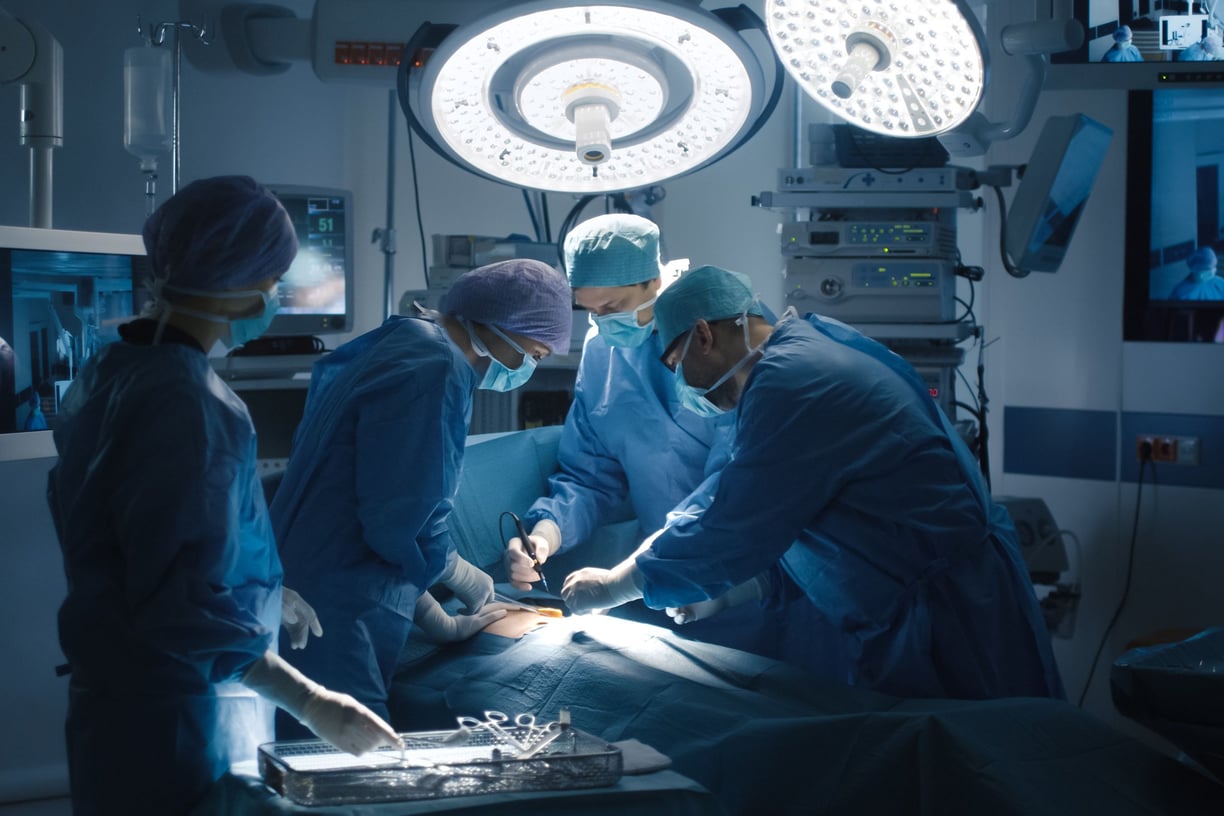Surgery and Laparoscopy
General or laparoscopic surgery is one of the broadest areas of medicine, seeking to maintain the excellent functioning of the digestive system to ensure and/or improve the quality of life of patients.
BARIATRIC SURGERY:
Depending on the case, you can opt for one of the following surgeries:
adjustable gastric band
gastric balloon
gastric bypass.
It is important to remember that this type of surgery helps to reduce obesity, and that patients must subsequently follow a nutritional program and incorporate constant physical activity and follow-up with the surgeon to review progress.
ONCOLOGICAL SURGERY: its main objective is to remove cancerous tumors, and it is one of the most widely used treatments in the fight against cancer. This type of surgery is performed with several objectives:
diagnose the type of cancer
remove the mass
determine if there is metastasis to other vital organs
For more information, we would need to study your case in detail with expert doctors who are highly recognized in Europe within this specialty.
GALLBLADDER SURGERY: laparoscopic cholecystectomy
COLOPROCTOLOGY: perianal fistulas, hemorrhoids, polyps, diverticula or intestinal obstructions
HERNIA: laparoscopic bilateral inguinal hernia, conventional surgery for unilateral inguinal hernia, laparoscopic hiatal hernia and gastroesophageal reflux
SAFENECTOMY: a procedure in which the saphenous vein is tied and removed. This large vein crosses the entire lower limb along its anterior and internal surface, from the dorsum of the foot to the groin, where it drains into the femoral vein.
THYROIDECTOMY: the removal of all or part of the thyroid gland. This procedure is used to treat thyroid disorders such as cancer, non-cancerous enlargement of the thyroid (goitre) and overactive thyroid (hyperthyroidism)




